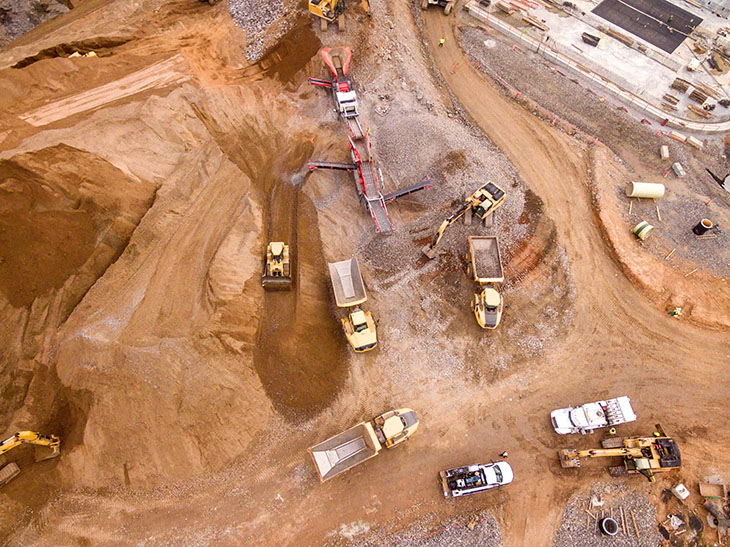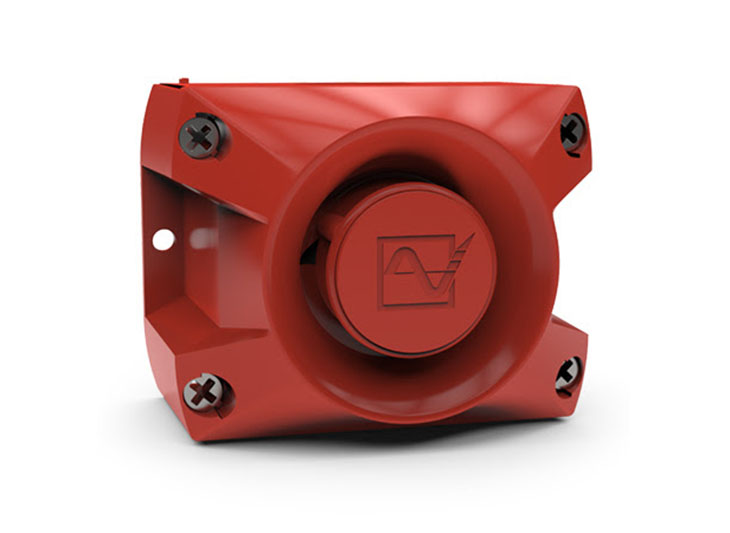Industrial eCommerce is changing fast. New consumer preferences, ongoing supply chain disruptions, and shortages have all forced businesses to change their online retail and fulfillment strategy.
For rental companies, recent eCommerce innovations can provide major opportunities. Failing to adapt to new trends could also make renting products online more difficult.
Here’s how any rental equipment company can take advantage of new industrial eCommerce trends and developments.
With Millennials and Gen Z Comes a Shift to Online Renting
Since around 2016, millennials have made up the majority of the U.S. workforce. In general, millennials prefer to shop and research online. They only call or visit a store when the internet can’t provide what they need to move towards conversion.
Millennials have brought their online shopping habits into the workplace. When sourcing new goods — including rental items — they typically begin their search on the internet, using keyword searches on platforms like Google to find businesses that offer what their company needs.
In 2021, United Rentals reported that its digital accounts were multiplying at twice the rate of the company’s traditional accounts.
Direct-to-consumer businesses — like Home Depot and Lowe’s — are also beginning to offer online rental services more and more often.
Rental companies and rental equipment providers that don’t have a polished website and online catalog or similar may have a hard time encouraging these potential renters to convert. As a result, your business may lose out on the rapidly growing segment of online-only renters.
How Rental Companies Are Reaching Online-Only Customers
Rental equipment companies that can successfully navigate the new online rental market will be companies with effective websites and a strong online presence.
Designing or redesigning an effective rental company website will be essential for attracting customers who have learned to look for new products and services on the web.
Various best practices exist that can help businesses manage the ongoing shift to eCommerce and online shopping. For example, easy-to-use navigation features, an online product catalog with professional-looking product photos, and easily scannable site content can all help create a website that encourages trust and makes it easy for customers to research your brand further.
For example, customers can often struggle to determine the right size of equipment they need, leading to down-renting or similar issues. A rental business’s website can include information and tools that customers may use to find the right product for their particular needs — reducing the risk of returns and improving customer satisfaction.
Ideally, a customer should be able to move as far into the conversion process as possible without navigating away from your site.
Phone calls, emails, or in-person visits will be necessary in some cases. However, businesses should attempt to design a site and conversion process that allow customers to move from brand discovery to renting without leaving the web.
Businesses Offer New Delivery and Fulfillment Options
Another major change to eCommerce that occurred during the pandemic was that businesses began to expand their range of fulfillment services — offering options like curbside pickup and delivery when they hadn’t before.
These new services allow customers additional options when it comes to picking up orders and receiving goods. Providing additional options is a great way to meet customers where they are — demonstrating attentiveness to customer needs and a commitment to customer satisfaction.
Rental equipment companies can also implement many of these new fulfillment options. By allowing pickup and delivery, customers will have more flexibility when it comes to receiving a successful order. Contactless delivery or pickup options can offer even more convenience and potentially speed up the fulfillment process.
While contactless options won’t be practical for every rental business, some companies may be able to offer these options to their customers.
Micro-Fulfillment Centers and Distributed Fulfillment Help Companies Maximize Speed and Flexibility
Supply shortages and logistics disruptions have made it more difficult than ever to move goods from manufacturers to end-users.
Rental equipment companies have some insurance against supply chain shortages built into their supply models. Because you rent goods, rather than sell them, you may not have to worry as much about holding onto stock or continuously sourcing new items to rent.
Staying competitive as a rental company will require ongoing sourcing of new items, equipment models, and technology, however, meaning that fulfillment speed is still important to your business.
To cope with many of the fulfillment challenges facing modern businesses, many retailers and eCommerce vendors have begun experimenting with new fulfillment and storage strategies — like micro-fulfillment centers (MFCs) and distributed fulfillment.
These strategies help to distribute and decentralize fulfillment, moving fulfillment centers away from larger hubs and towards smaller centers that are closer to the customers they serve.
Some of these centers may act as hubs for local business locations, providing fulfillment services right where customers need them.
By focusing on last-mile delivery, businesses can more effectively move and source inventory for customers without the risks that may come with dependence on more centralized fulfillment strategies.
While primarily used in retail and industrial eCommerce, these strategies may offer serious utility for rental companies, as well. Rather than relying on large, third-party warehouses or fulfillment centers, rental equipment companies can move their fulfillment operations to in-store centers or nearby hub locations.
With fulfillment operations closer to the customers they serve, rental companies may be able to reduce the time it takes to deliver goods to customers while offering more services to both their online and in-person customers.
The same centers can also help businesses manage peak season reverse logistics, which can be especially important for rental companies.
While MFCs and other decentralized fulfillment strategies will require significant adjustments to existing fulfillment operations, they can help businesses cope with supply chain instabilities and growing customer expectations.
New Industrial eCommerce Trends Mean New Opportunities for Rental Companies
Rapid changes to the industrial eCommerce landscape may help rental companies reinvent their business models amid supply chain disruptions and market instability.
Growing demand for online shopping, new shipment options, and faster fulfillment will all require businesses to make serious changes to their business models to stay competitive. By learning from retailers and similar eCommerce businesses, rental companies can stay ahead of the curve in 2022 and beyond.
Emily Newton, Editor-in-Chief of Revolutionized























